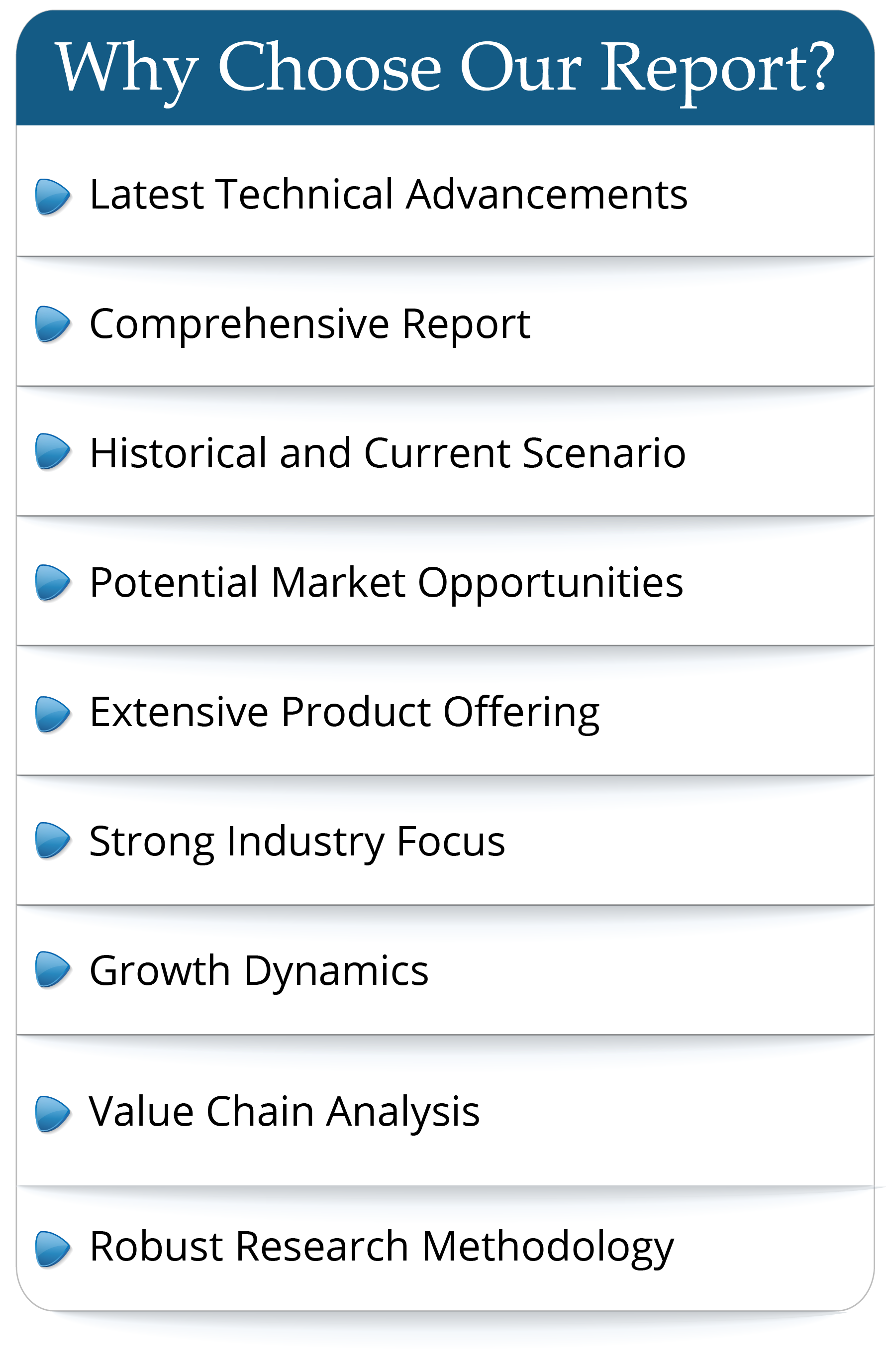Market Overview
- Several microorganisms are used in industrial microbiology, including laboratory-selected mutants, naturally occurring organisms, and genetically modified organisms (GMOs). Microbiology research and development is finding increasing application in oil and gas organizations, the food and beverage industry, and environmental testing organizations.
- In addition, the traditional R&D in the biopharmaceutical industry is witnessing an upsurge, due to drug development research, which is helping in the augmentation of the industrial microbiology market.
- Increased demand for nutraceuticals and other fermented products further drives the importance of industrial application of microbiology on a large scale. Such factors are helpful to drive the industrial market.
- However, in the market, there are several conflicts observed regarding the usage of genetically modified organisms in food sources, which are expected to restrict the growth of the industrial microbiology market.
Scope of the Report
The scope of this report covers several commercial aspects of industrial microbiology, including porter's five forces analysis, and company profiles of major players. The market segmentation is done by product type, application area, and geography. Industrial microbiology is a division of biotechnology that holds microbial sciences and industries together, which is all about screening, manipulation, and administration of microorganism, in order to produce useful products on a large scale.
Key Market Trends
The Food and Beverage Industry is Expected to Maintain the Largest Share in the Industrial Microbiology Market
The microbes in this industry are used in various processes, including fermentation testing and microbes in food (probiotics and prebiotics). Microbes also play an important role in the testing of food. In fermentation, these microbes are used for the stabilization and transformation of food materials. There are a large number of microbiological applications, in terms of different food and beverage preparations, globally. Several food and beverage and pharmaceuticals companies have invested in recent years to promote better health. All these factors have increased the use of microbes in fermentation, and thus, helped the growth of the microbiology market.
North America Has the Major Share in the Industrial Microbiology Market
The US industrial microbiology market is expected to be boosted, due to the rapid growth in various industries, like food and beverage, pharmaceutical, agricultural, environmental, and cosmetic. In Canada, as per the Canadian Society of Microbiologists, the applied and environmental microbiology researchers are engaged in various microbiological activities. A large number of applications supported by several companies’ investments, infrastructure development, and growing support from the United States Food and Drugs Administration (US FDA) and Canada Health are the major factors for the growth of the market. Mexico is also dependent on several items imports, especially from the US and Canada. This increases the demand and productions from the industrial microbiology industry in this region.
Competitive Landscape
There are several companies in this market across different geographical locations, which support different industries to grow at the domestic and international level. Some of the major players of this market include 3M Company, Becton Dickinson and Company, Bio-Rad Laboratories Inc., Thermo Fisher Scientific Inc., Sigma Aldrich (Merck KGaA), Qiagen NV, BioMerieux SA, Eppendorf AG, Danaher Corporation, and Sartorius AG, among others.
Reasons to Purchase this report:
- The market estimate (ME) sheet in Excel format
- Report customization as per the client's requirements
- 3 months of analyst support
- Several microorganisms are used in industrial microbiology, including laboratory-selected mutants, naturally occurring organisms, and genetically modified organisms (GMOs). Microbiology research and development is finding increasing application in oil and gas organizations, the food and beverage industry, and environmental testing organizations.
- In addition, the traditional R&D in the biopharmaceutical industry is witnessing an upsurge, due to drug development research, which is helping in the augmentation of the industrial microbiology market.
- Increased demand for nutraceuticals and other fermented products further drives the importance of industrial application of microbiology on a large scale. Such factors are helpful to drive the industrial market.
- However, in the market, there are several conflicts observed regarding the usage of genetically modified organisms in food sources, which are expected to restrict the growth of the industrial microbiology market.
Scope of the Report
The scope of this report covers several commercial aspects of industrial microbiology, including porter's five forces analysis, and company profiles of major players. The market segmentation is done by product type, application area, and geography. Industrial microbiology is a division of biotechnology that holds microbial sciences and industries together, which is all about screening, manipulation, and administration of microorganism, in order to produce useful products on a large scale.
Key Market Trends
The Food and Beverage Industry is Expected to Maintain the Largest Share in the Industrial Microbiology Market
The microbes in this industry are used in various processes, including fermentation testing and microbes in food (probiotics and prebiotics). Microbes also play an important role in the testing of food. In fermentation, these microbes are used for the stabilization and transformation of food materials. There are a large number of microbiological applications, in terms of different food and beverage preparations, globally. Several food and beverage and pharmaceuticals companies have invested in recent years to promote better health. All these factors have increased the use of microbes in fermentation, and thus, helped the growth of the microbiology market.
North America Has the Major Share in the Industrial Microbiology Market
The US industrial microbiology market is expected to be boosted, due to the rapid growth in various industries, like food and beverage, pharmaceutical, agricultural, environmental, and cosmetic. In Canada, as per the Canadian Society of Microbiologists, the applied and environmental microbiology researchers are engaged in various microbiological activities. A large number of applications supported by several companies’ investments, infrastructure development, and growing support from the United States Food and Drugs Administration (US FDA) and Canada Health are the major factors for the growth of the market. Mexico is also dependent on several items imports, especially from the US and Canada. This increases the demand and productions from the industrial microbiology industry in this region.
Competitive Landscape
There are several companies in this market across different geographical locations, which support different industries to grow at the domestic and international level. Some of the major players of this market include 3M Company, Becton Dickinson and Company, Bio-Rad Laboratories Inc., Thermo Fisher Scientific Inc., Sigma Aldrich (Merck KGaA), Qiagen NV, BioMerieux SA, Eppendorf AG, Danaher Corporation, and Sartorius AG, among others.
Reasons to Purchase this report:
- The market estimate (ME) sheet in Excel format
- Report customization as per the client's requirements
- 3 months of analyst support
Frequently Asked Questions
This market study covers the global and regional market with an in-depth analysis of the overall growth prospects in the market. Furthermore, it sheds light on the comprehensive competitive landscape of the global market. The report further offers a dashboard overview of leading companies encompassing their successful marketing strategies, market contribution, recent developments in both historic and present contexts.
- By product type
- By End User/Applications
- By Technology
- By Region
The report provides a detailed evaluation of the market by highlighting information on different aspects which include drivers, restraints, opportunities, and threats. This information can help stakeholders to make appropriate decisions before investing.

 Pre-order Enquiry
Pre-order Enquiry Request Free Sample
Request Free Sample












